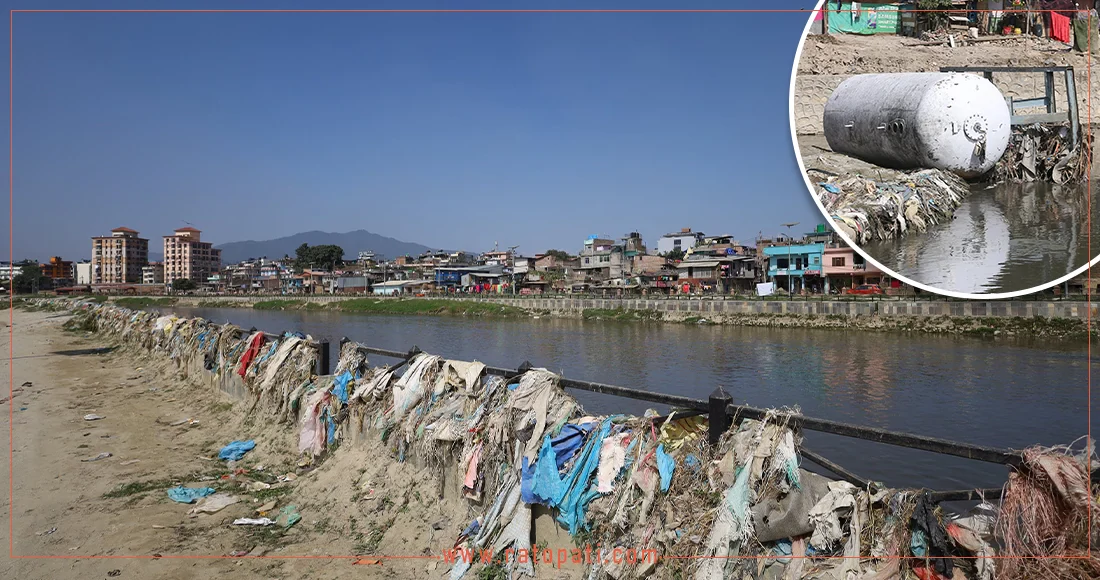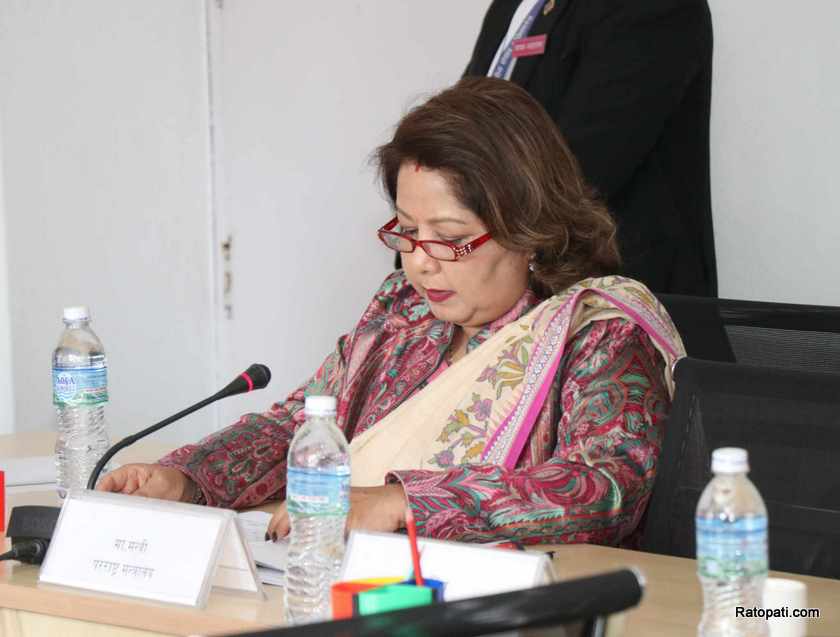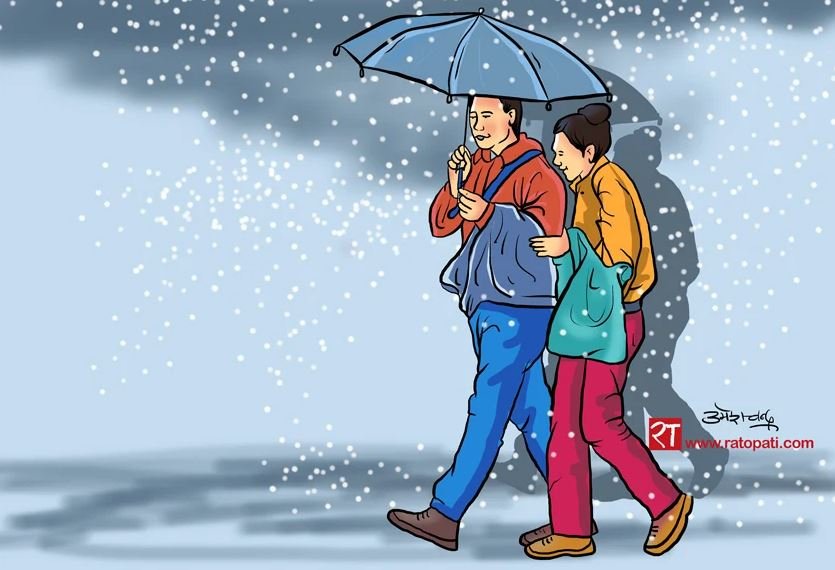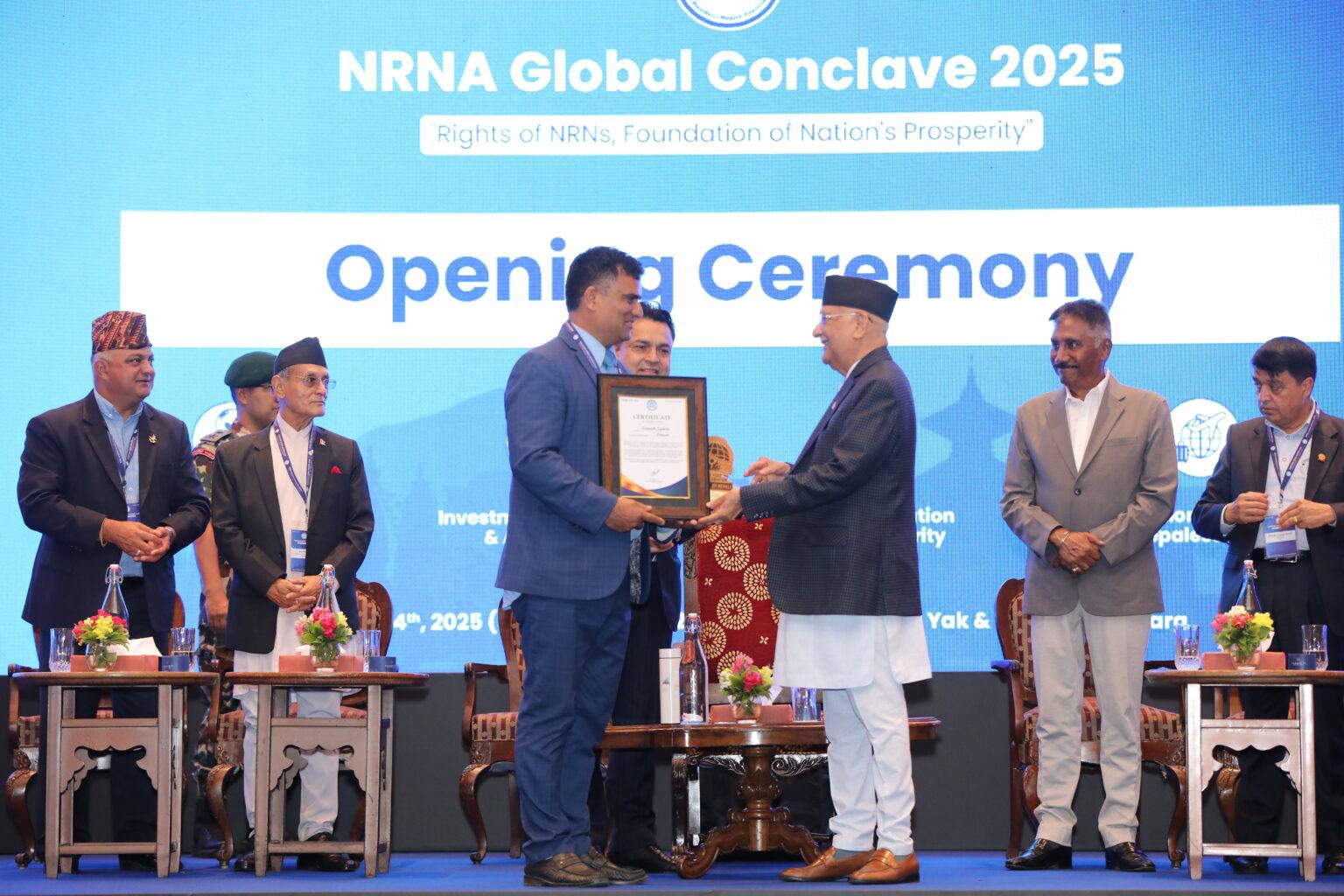Photo Story: Recent floods spark urgent action on urbanization and river pollution

Kathmandu, October 22 — The floods that occurred in late September not only sparked a discussion about the disorganized urbanization of Kathmandu but also served as a mirror reflecting our realities.
However, there has been little initiative regarding the pollution of the Bagmati River and its various tributaries, which have long been emblematic of Kathmandu's civilization. While people endeavor to resume their daily routines alongside the flowing rivers, they have largely ignored this pressing issue.
Nearly four weeks have passed since the floods, yet the debris washed ashore remains scattered along the riverbanks. Although the increased water levels during the monsoon obscured the drains, the presence of plastic and other non-biodegradable waste remains alarmingly high.
While precise statistics on the amount of waste entering these rivers daily, particularly the non-biodegradable plastic waste, are hard to come by, the accumulation of debris along the banks post-flood indicates a significant quantity. During times of flooding, waste and plastic discarded haphazardly often find their way into the rivers.
The Bagmati river, which faced flooding due to heavy rains, is currently littered with refuse. Various structures built along the corridors are now filled with waste, especially plastic and other non-degradable materials.
It is evident that although nature attempts to convey messages to us periodically, we have failed to internalize those lessons. Meanwhile, Lalitpur Metropolitan City has announced the commencement of a cleanliness campaign starting this weekend.
_2xINMIvrPq.jpg)
_K2ccM0I0dI.jpg)
_BfiYuIZml9.jpg)
_ZhrZMcH0E1.jpg)
_7ylDyjTbz0.jpg)
_Nc8IDb2TUU.jpg)
_7edjbHw8y2.jpg)
_TvTABd9TX3.jpg)
_JPrBmPRGs8.jpg)
_2rH5bAH7TI.jpg)
_kqOsgmeyJ9.jpg)
_pZMgHRhw99.jpg)
_V6i05GcYTM.jpg)
_qtgnia0fTi.jpg)
_73cAOVAoqQ.jpg)
_7oOBdvzezR.jpg)
_tYWWyHBrsC.jpg)
_EXCvVfkDex.jpg)
_NaJfwdfi65.jpg)
_NUk6xgEzl2.jpg)
_1vHgdTDnQv.jpg)
_itAHDzR1xn.jpg)
_ijPxpVwHdJ.jpg)
_ONNi0g1Bvr.jpg)
_k4SFU8BGAf.jpg)










Leave Comment